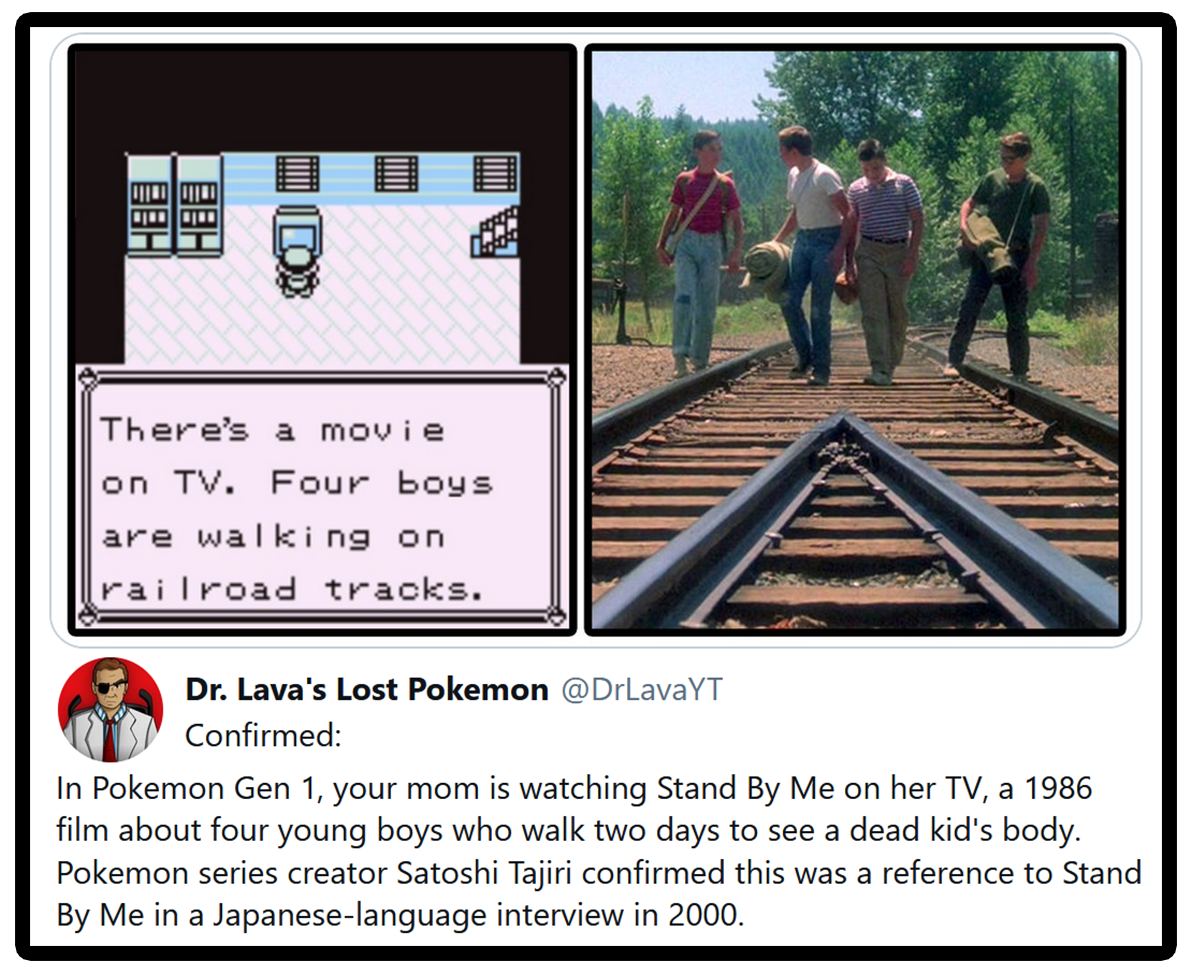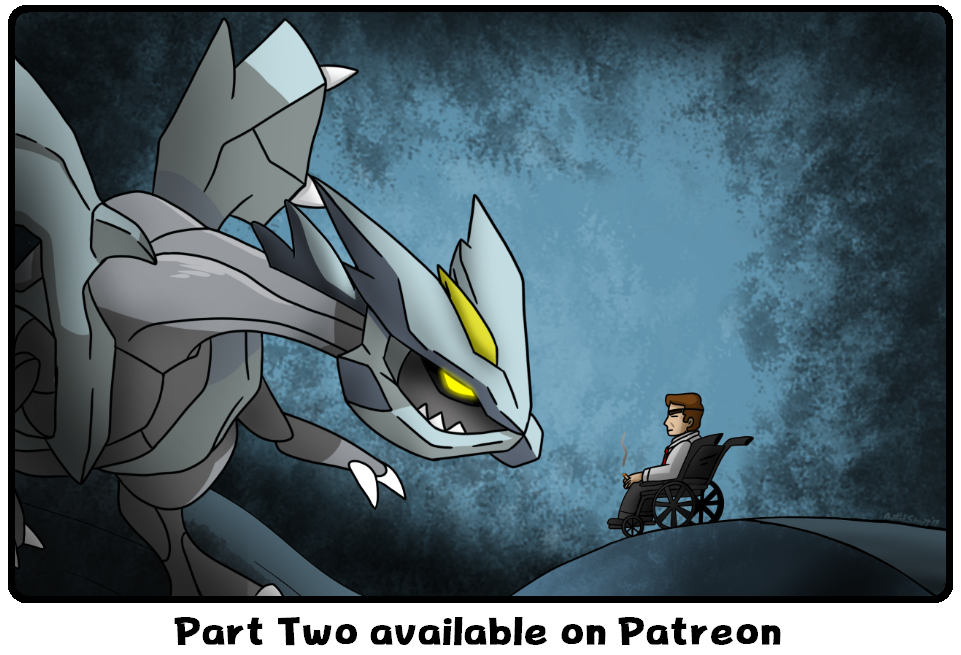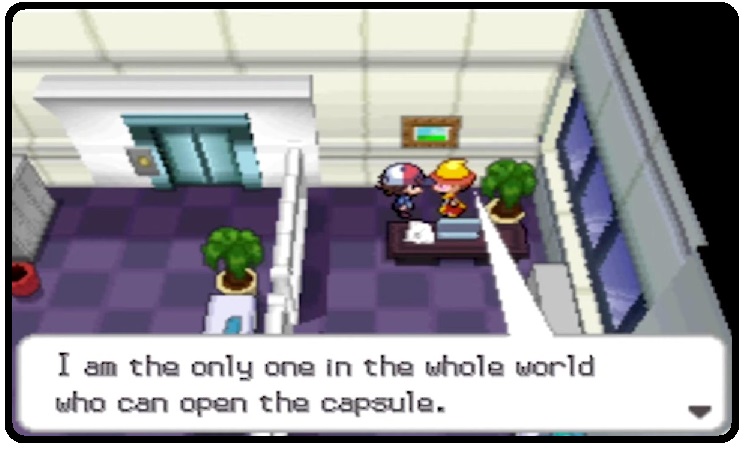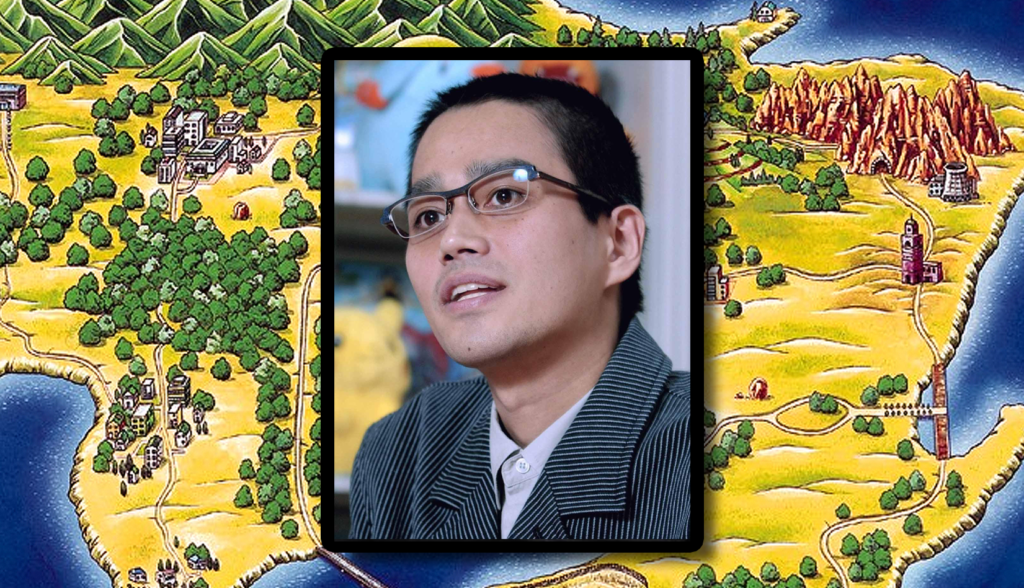
Interview: Tajiri and Ishihara on Pokemon’s Beginnings
Space shooters, Pikachu with boobs, and Graffiti Charizard
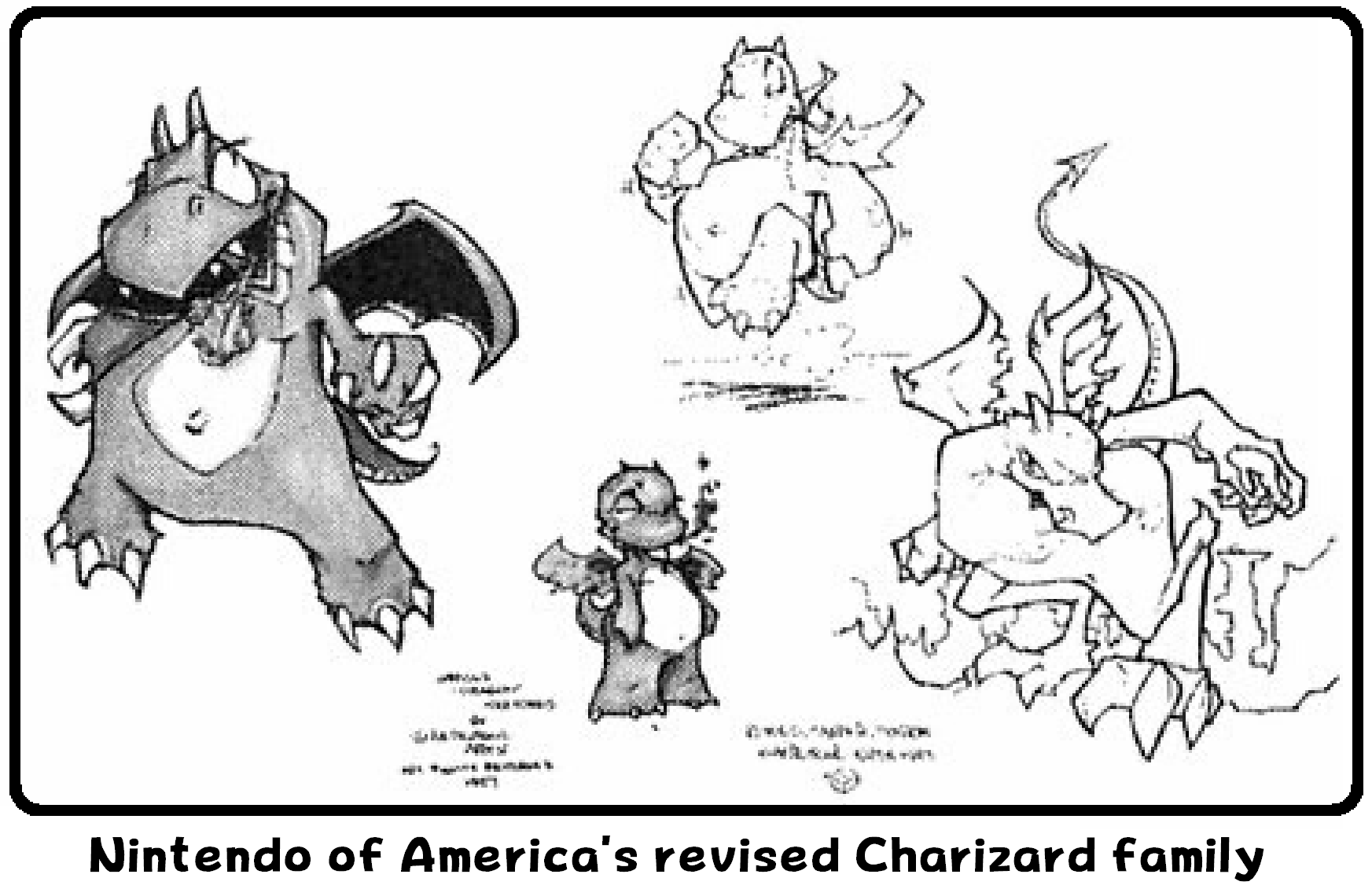
Written by Dr Lava • November 25, 2020
The following interview was originally published in the July 2000 issue of Nintendo Online Magazine. NOM is a Japanese publication, so I’ve commissioned interpreter Anthony Madry to translate this interview into English. The interviewees are Game Freak’s creator Satoshi Tajiri and Pokemon Company president Tsunekazu Ishihara — back before Tajiri became a hermit, and Ishihara was happy to discuss Pokemon behind-the-scenes.
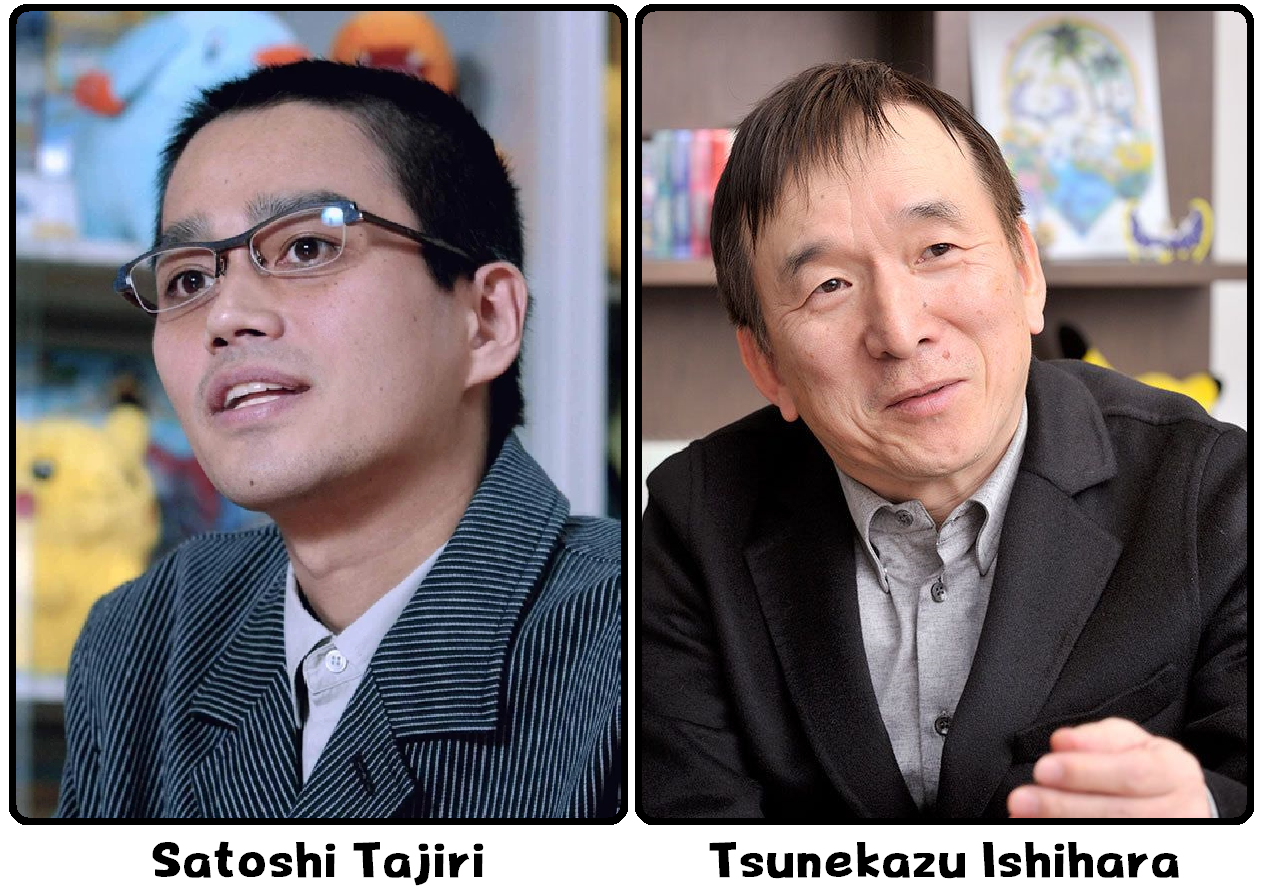
Interview highlights include details on how the Pokemon franchise was created, biographical details about Tajiri and Ishihara, and how Nintendo of America wanted to change Pokemon designs for the American market — like changing Pikachu into “a tiger with huge breasts” and replacing the series’ watercolor artwork with graffiti-style artwork. Throughout the interview I’ll inject my own commentary to provide additional context now available to us more than 20 years later, and I’ve also hired Pokemon blogger Plague von Karma to help write this commentary.
This is Part One of a lengthy two-part interview. A big thanks to my Patreon supporters who help fund all the Pokemon translations hosted on this website — these kinds of projects wouldn’t be possible without them. Okay so without further adieu, here’s the interview translation.
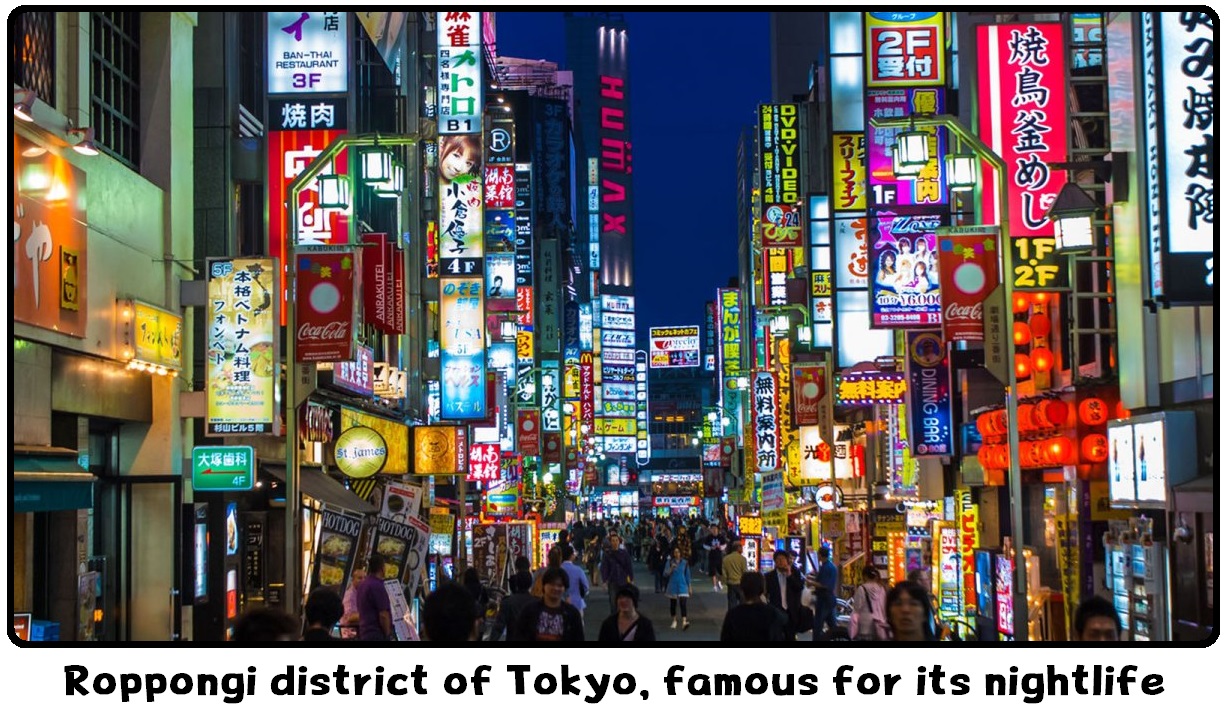
How You Two Met
“First off, let’s start with how you two met.”
Tajiri: “That goes back to the story of that old house in Roppongi. For some reason, in a booming place like Roppongi there was this really old house. It was like 60 years old.”

“What story are you talking about?”
Ishihara: “It was in the early 80’s. At the time I was focused on computer graphics and affiliated with a film production company. That company was using an old house in Roppongi as a studio for a TV show.”
Tajiri: “Back then Fuji TV had just started airing lots of interesting late night shows, so Mr Ishihara made a show about video games. It was a really old Japanese-style house, but when you walked in there was video equipment, a Xevious arcade machine, tons of computers, etc. We also had old games like Breakout Clone which were used on media artist Toshio Iwai’s show.”
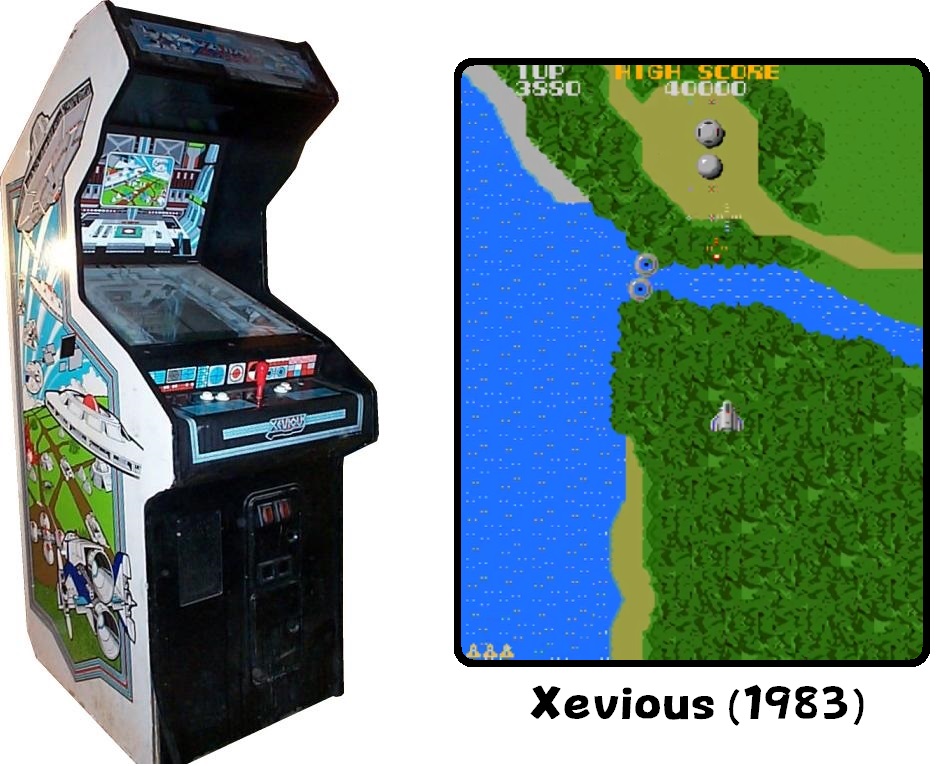
Dr Lava’s notes: Xevious was an extremely popular space-shooter developed by Namco, and was very influential in its genre. It was eventually ported to more than a dozens systems, including the NES, GBA, and nowadays you can even get it on smartphones. When it first became available on home consoles, it famously sold out in just three days, leaving Namco’s phone lines flooded with calls. As you’ll notice throughout this interview, Tajiri’s a huge fan of space shooters.
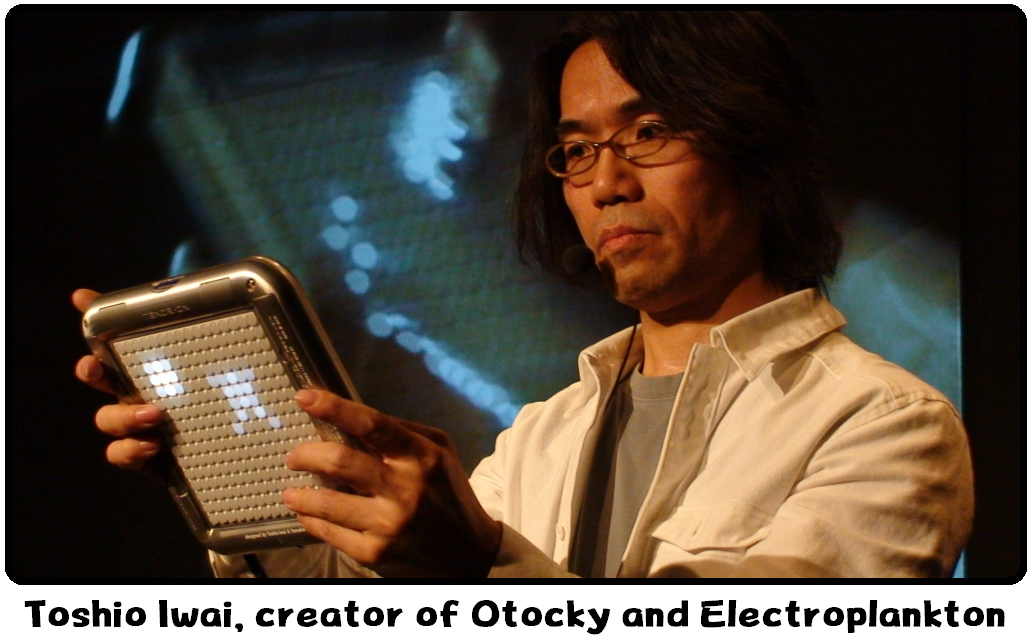
Ishihara: “At the time, I wasn’t that interested in stuff like video games, but ever since my university days, I always had a strong interest in computer graphics. I wanted to work in video and computer production. I thought the games and programs made by my younger colleague Toshio Iwai were really interesting, so I started talking about making a TV show focused on video games. I asked myself, ‘Who knows about Japanese video games more than anyone?’ And that’s where Tajiri came in.”
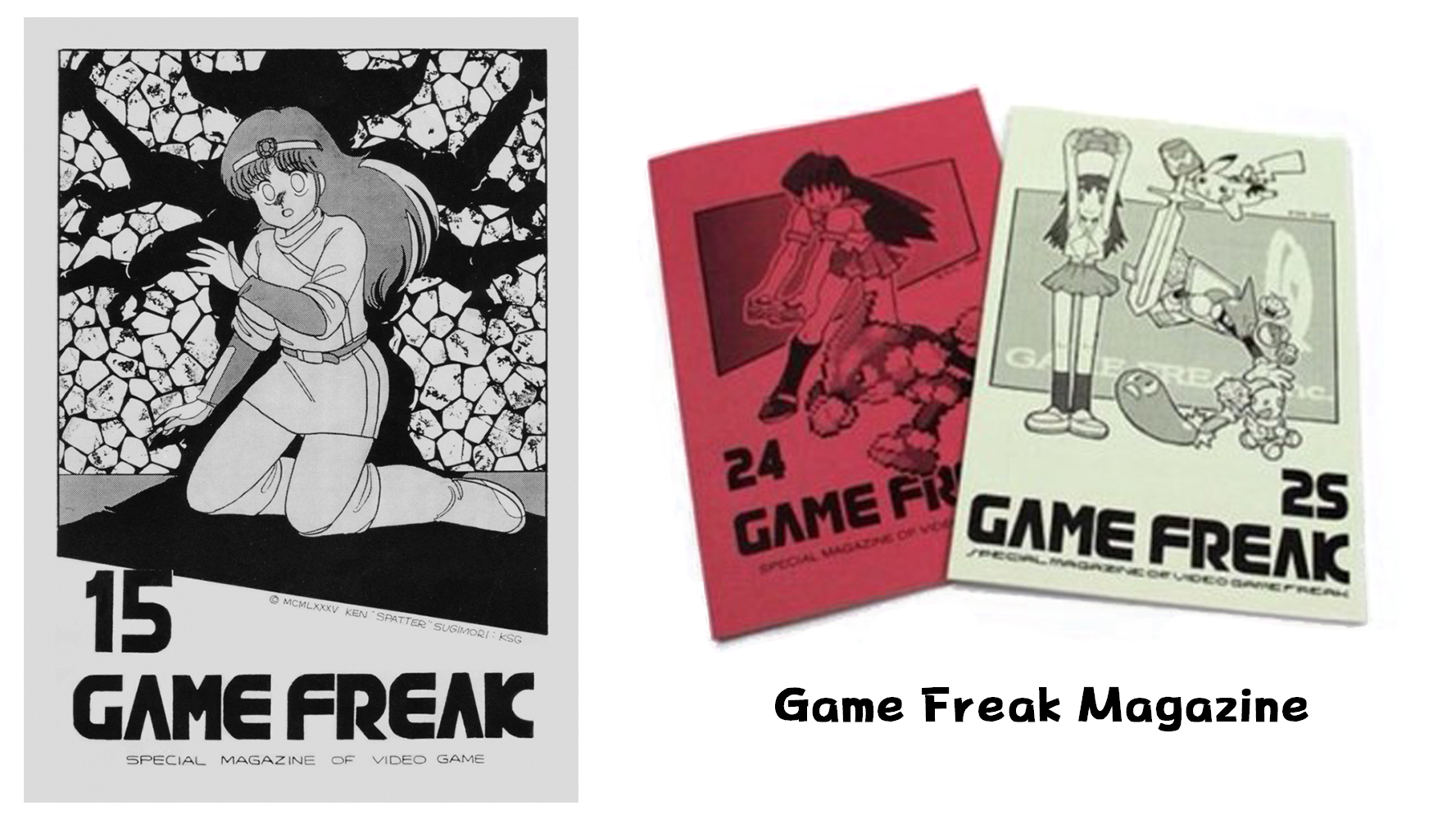
Tajiri: “In those days I was making a fan magazine called GAME FREAK, which later transformed into the company. I was also collecting arcade circuit boards, mostly games from the late 70’s and 80’s.”
Ishihara: “The thing that made the biggest impression on me then was the amount of knowledge Tajiri had, as well as how he organized all that knowledge. He wasn’t just aimlessly collecting circuit boards, he understood the history of the games and knew which ones were knock-offs. It was systematic. There was no way I was gonna know if video games had that kind of history or not. For example, I knew the NES sold like hot cakes because people wanted to play Xevious at home. But as far as how Xevious was created, how to play the game, and what the company did next — Mr Tajiri taught me all about it.”
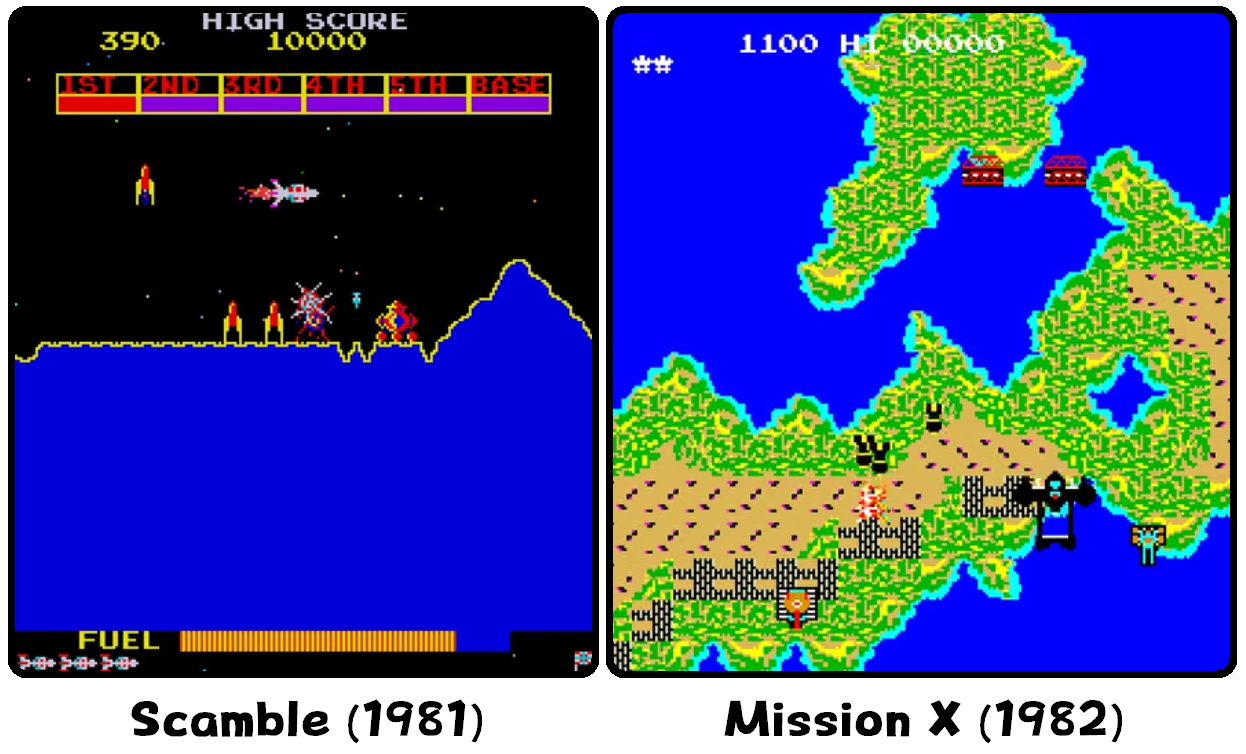
Tajiri: “Because to me, there was an obvious connection between the history of Data East’s Mission X and Konami’s Scramble and how those shooting games resulted in a game about the Vietnam war, which ultimately became a model for other games like Xevious. So I wrote a fan magazine about it.”
Ishihara: “I was surprised someone with such a huge collection and so much knowledge existed. He even had circuit boards that were meant for commercial use, and he was making his own cables that could harness circuit boards. His passion was unmatched! (laughs)”
Tajiri: “I was happy too though! Back in those days, there weren’t many adults willing to listen to me talk about video games.”
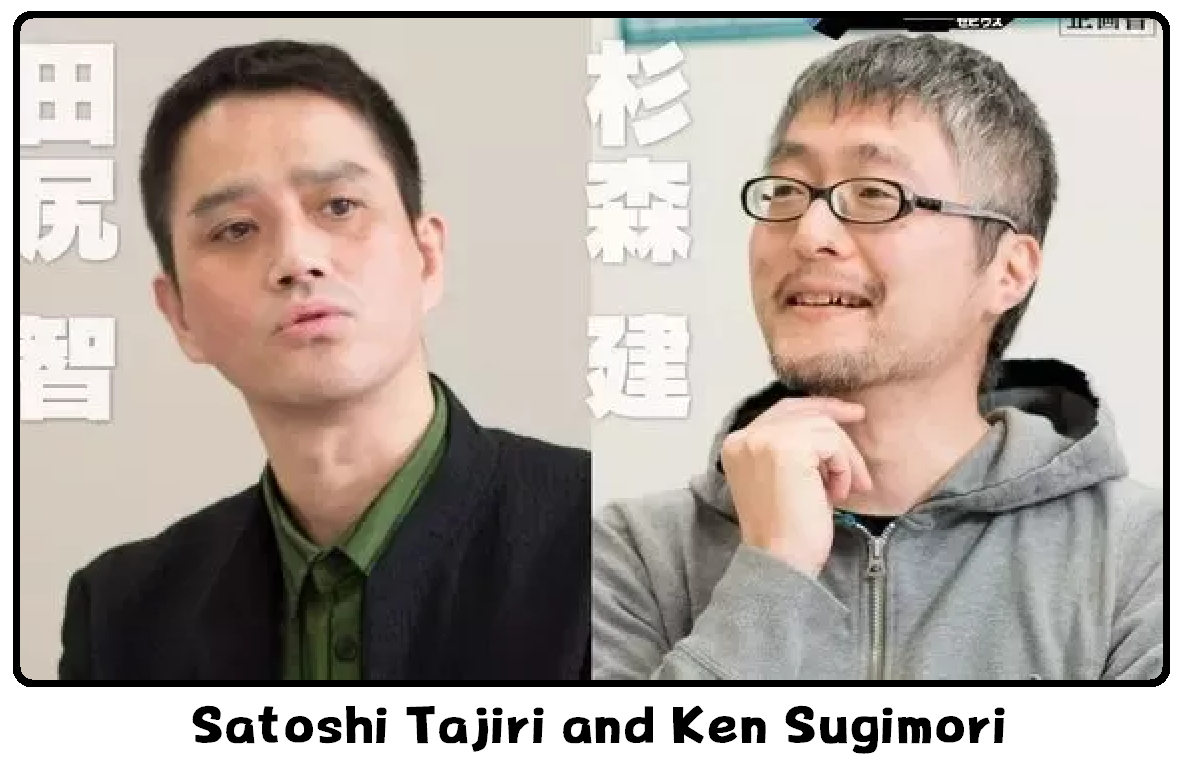
Dr Lava’s notes: Before it was a video game company, Game Freak was a gaming magazine Tajiri hand-wrote and stapled together from home in the early 1980’s. One day Ken Sugimori stumbled over an issue in a shop and liked it, then got in touch with Tajiri and offered to join the fanzine as its illustrator. Eventually the two created Pokemon, with Sugimori serving as the series’ art director. His 90’s watercolor is some of the most iconic video game artwork ever created.

Before Making Pokemon
“If I’m not mistaken, the first game you guys made together was Yoshi, right?”
Tajiri: “That’s right, but the first game we started planning together was Pokemon. Pokemon was originally planned as a smaller, more compact game. When we saw The Final Fantasy Legend made by Square, we realized we could make a non-action game on Game Boy. We figured we could probably make a Game Boy game in about six months. But our goals for Pokemon just grew and grew, so we eventually realized it’d be difficult to develop that quickly. Of course, ultimately our six month plan didn’t work out (laughs).”

Tajiri: “Making games is kind of like making a plan to hitchhike from point A to point B. You make a rough version of the game, and constantly want to double-check everything. And while you’re constantly repeating a bunch of small experiments, half a year passes by. It was Mr Ishihara who suggested we work on small projects like Yoshi and Mario & Wario so we could get some money into the company and build up our staff. After that, he said we can really focus on Pokemon.”
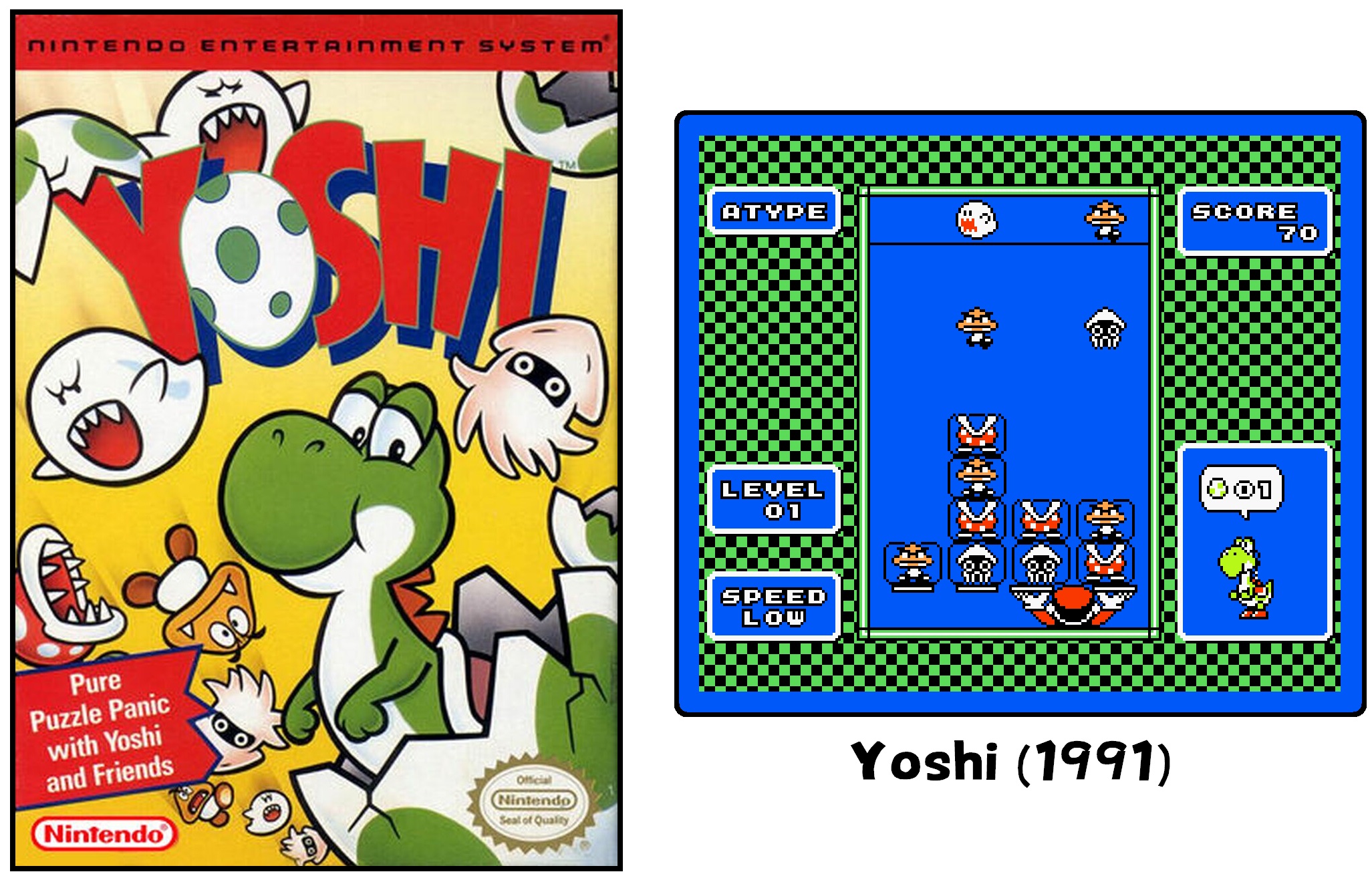
Dr Lava’s notes: Yoshi was a 1991 puzzle game released on both the Game Boy and the NES. It’s sort of like Tetris, but a little more complicated. Shigeru Miyamoto and Ishihara served as producers, Tajiri directed the game, and Junichi Masuda composed the music. It received mixed reviews from critics, but sold surprisingly well — probably because of the Yoshi branding.
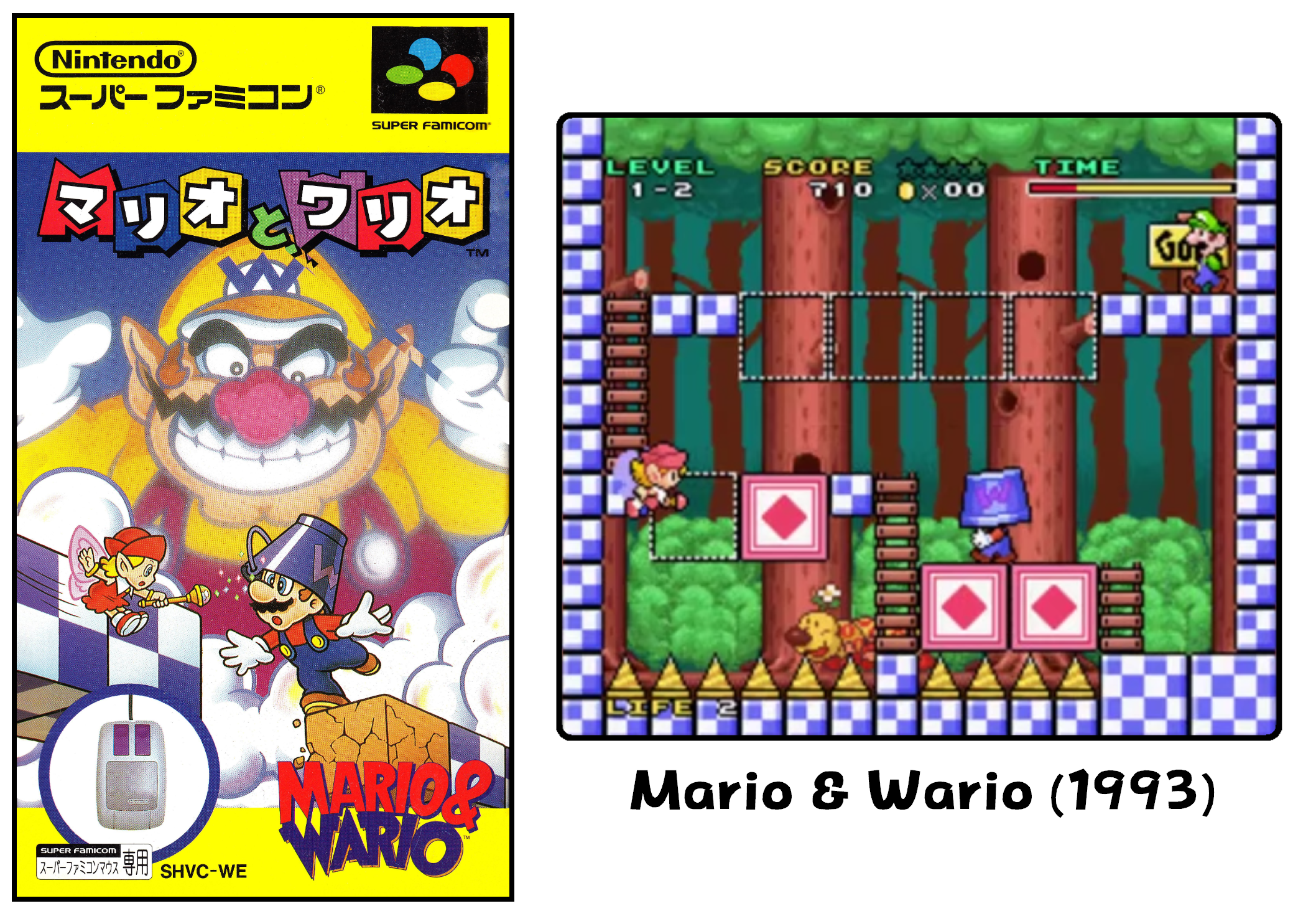
Mario & Wario was a side-scrolling puzzle game played with a mouse, released exclusively on the Super Famicom — which means it never released outside Japan. Mario’s got a bucket stuck on his head, and the player has to place blocks and clear obstacles so he can stumble his way to the end of the stage. A reference to Mario & Yoshi was later included as an easter egg in Saffron City — it’s the game playing on the Copycat’s bedroom TV.
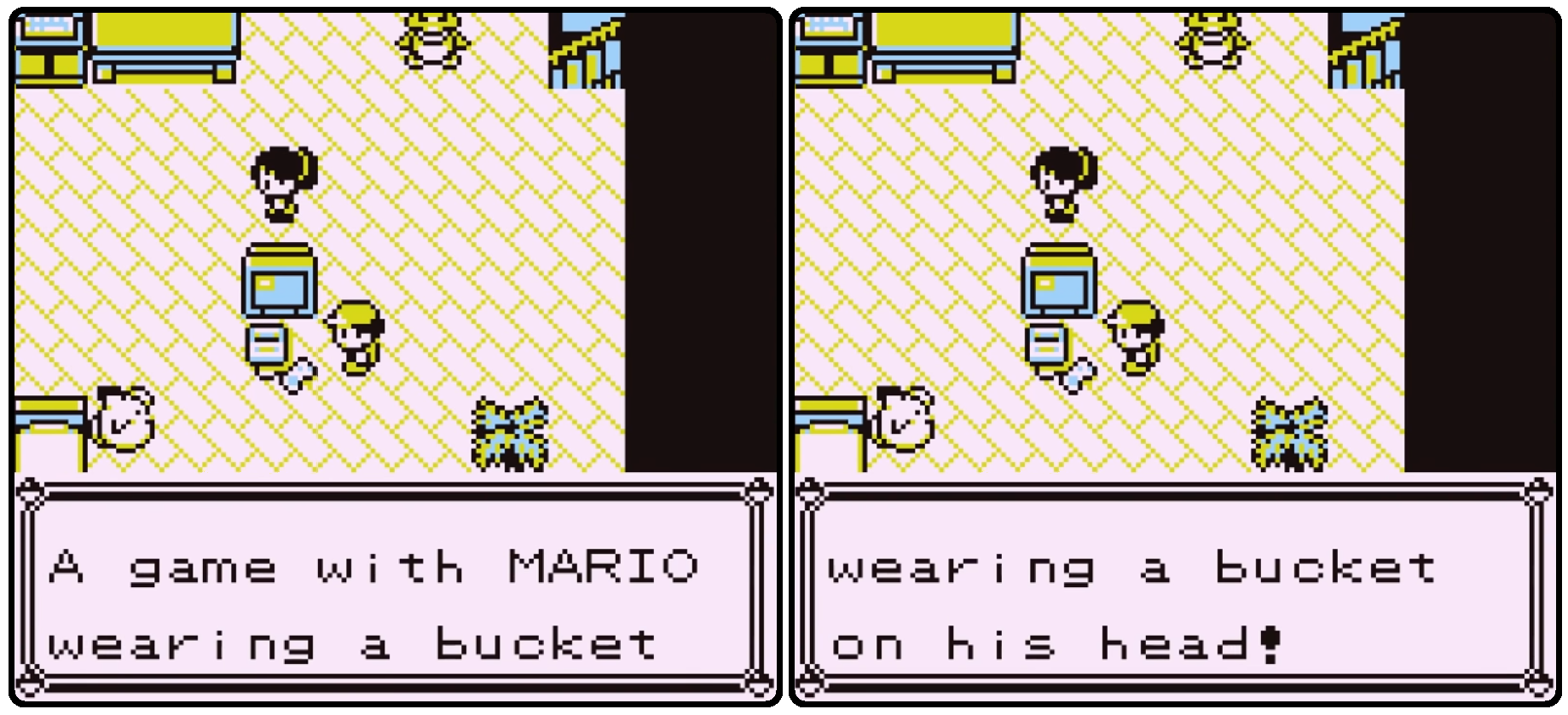
“Was putting your beloved Pokemon project on hold something you immediately agreed to?”
Tajiri: “Yeah, I actually thought it was a good idea. The approach to making a game like Yoshi was so different from Pokemon. With Pokemon, we wanted to make a great game based on our own ideas. On the other hand, with Yoshi we were tasked with developing a game in six months using a character that already existed. I felt like there were a lot of benefits to accepting the job of working on Yoshi — even though developing games like Yoshi were completely different, in my mind, it was necessary to the eventual development of Pokemon.”
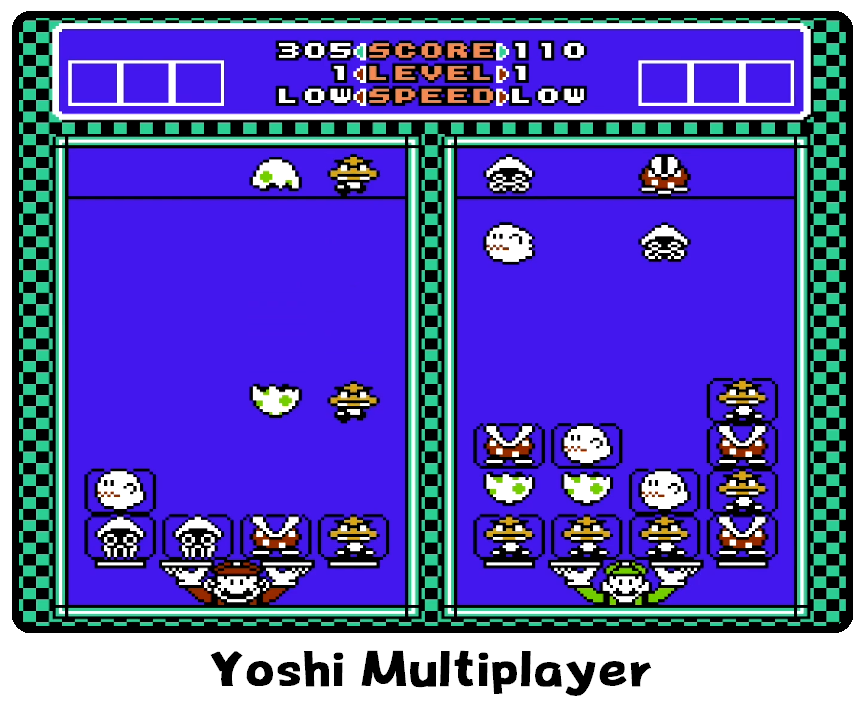
Ishihara: “How you make a game really changes based on the development team, like each member’s age and the amount of experience they bring to the table. The way a game gets made varies greatly depending on the team, and what style they choose to make it in. I don’t think there’s any other creative art form that’s influenced by these factors as much as video games. Maybe just a single person can make a game, or maybe it’ll take 100 people. At the time, we were chasing our dream on a trial-and-error basis, while at the same time trying to efficiently complete the other games we were developing. I think having at least two projects, each with a different creative style, helps you gain insight and motivation that can help make the final product even better.”
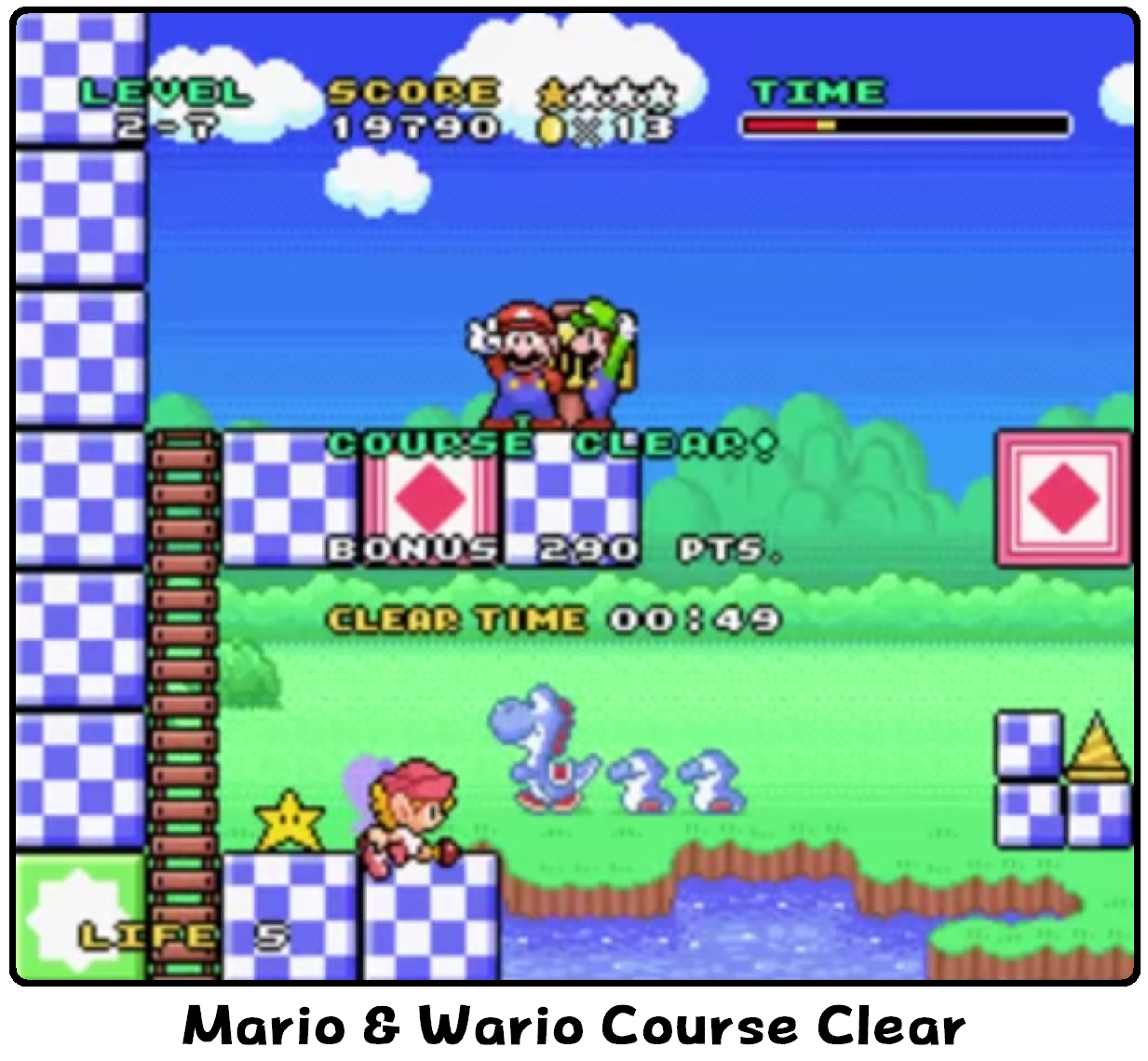
Tajiri: “Making Yoshi ended up really helping us out a lot as a company. I was extremely grateful it was released worldwide, instead of only in Japan. We accepted the project for financial reasons, and making money from outside Japan really saved us. Back then, most home console games were made in Japan, but it was obvious they’d eventually be sold in the international market. So I was really happy to see the game recognized as a true fundamental in gaming history all around the world.”

A Game That Broke the Language Barrier
“Pokemon was well-received overseas, isn’t that right?”
Ishihara: “That’s right, and if I’m being honest, that was pretty unexpected. Games like Yoshi and Mario & Wario don’t need text for gamers to understand how to play them — they don’t even need to read the manual. After you get thee game overs, you’ve pretty much figured out how to play. In other words, since text isn’t really necessary to enjoy those games, we knew how they were going to be played no matter what country the player was in. That’s why when we finished Pokemon, we were pretty sure we wouldn’t be able to sell it overseas. Unlike Yoshi, there was just so much text. We thought kids would see the first couple windows of text and think, ‘What the heck is this?’ Especially since at the time, it was widely believed that American kids would never want to play games with a lot of text.”
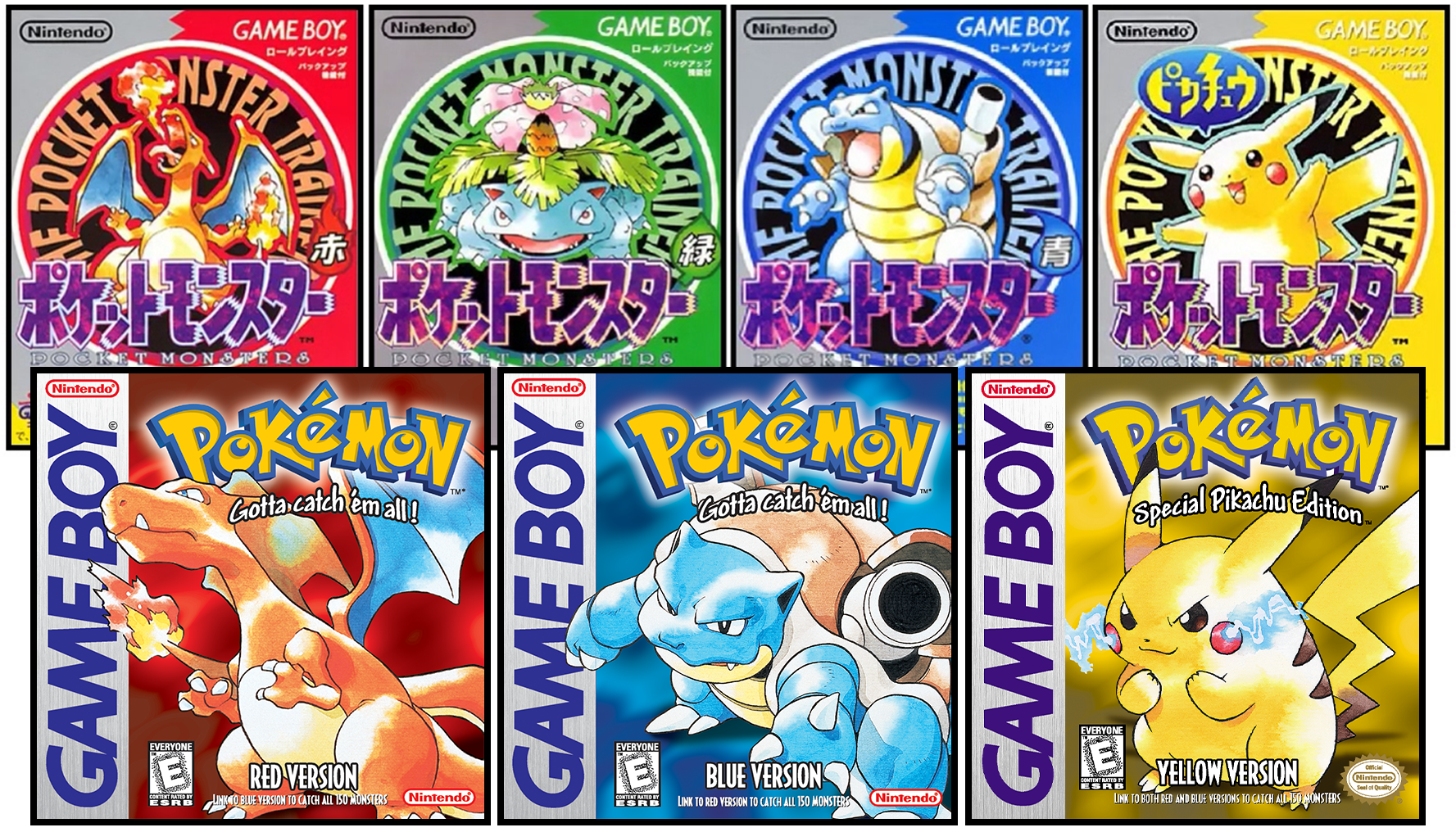
Tajiri: “It was a miracle. Up until then, Game Freak only ever made action games, but with Pokemon we tried something outside the action genre — which meant challenging myself to make a game using more than just the skills I’d already built confidence in. And then trying to sell that game overseas… well, it just seemed impossible to me.”

Ishihara: “There were a lot of hurdles when we made the international versions. In Japanese you can easily fit a name into just 4 or 5 characters, but using the English alphabet you can only use short names like John. We knew we were gonna need more than that, so we changed the games all the way down to the programming. What’s more, we had to translate all the text and give all the Pokemon English names. Even after doing all that, we questioned if the game would sell well in America, because there’d been cases in the past of RPGs that were big hits in Japan, but didn’t sell as well as expected in the US. We thought Pokemon had about a 10% chance of success outside Japan.”
Tajiri: “Ultimately, we were driven to seriously consider taking the game overseas, because in Japan they sold much better than anyone ever expected.”
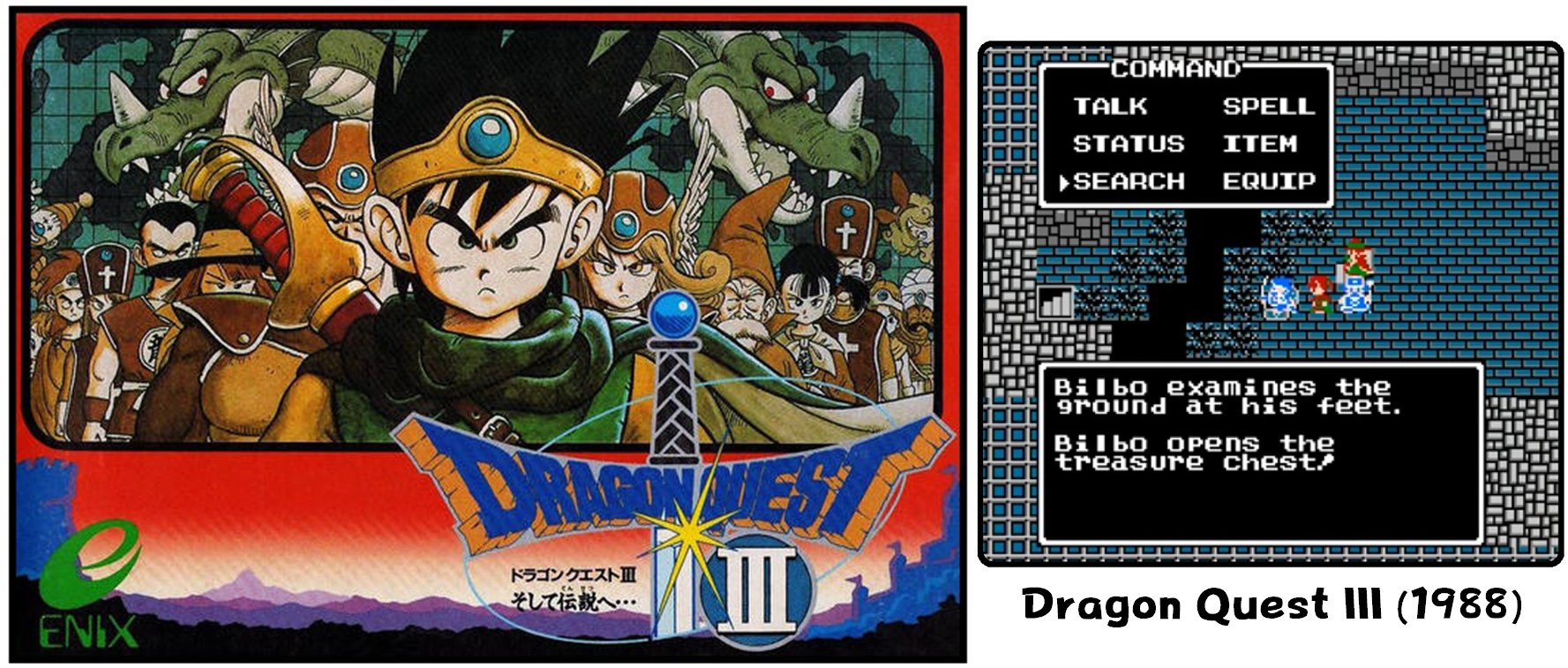
Dr Lava’s notes: Ishihara is probably referring to Dragon Quest’s lukewarm reception in North America. For example, Dragon Quest III was one of the first video games to sell a million copies on launch day — in fact, almost 300 Japanese students were arrested for skipping school that day. The game ended up selling almost 4 million copies in Japan alone. In North America, it only managed to sell about 100,000 copies. RPG’s just weren’t economically feasible outside Japan back then. And in case you’re wondering — yes, that’s the artwork of Akira Toriyama, the creator of Dragon Ball.

“What about problems with the Pokemon themselves? There’s a commonly accepted theory in the game industry that cute characters aren’t well received in America.”
Ishihara: “Yeah, the first time we showed off some Pokemon in the US, we were told they were ‘too cute.’ The staff in America submitted their ideas for replacement designs, but we just couldn’t believe the kind of stuff they were proposing. They turned Pikachu into something like a tiger with huge breasts. It looked like a character from the musical Cats. When I asked ‘how is this supposed to be Pikachu??’ they said ‘Well look, there’s its tail right there.'”
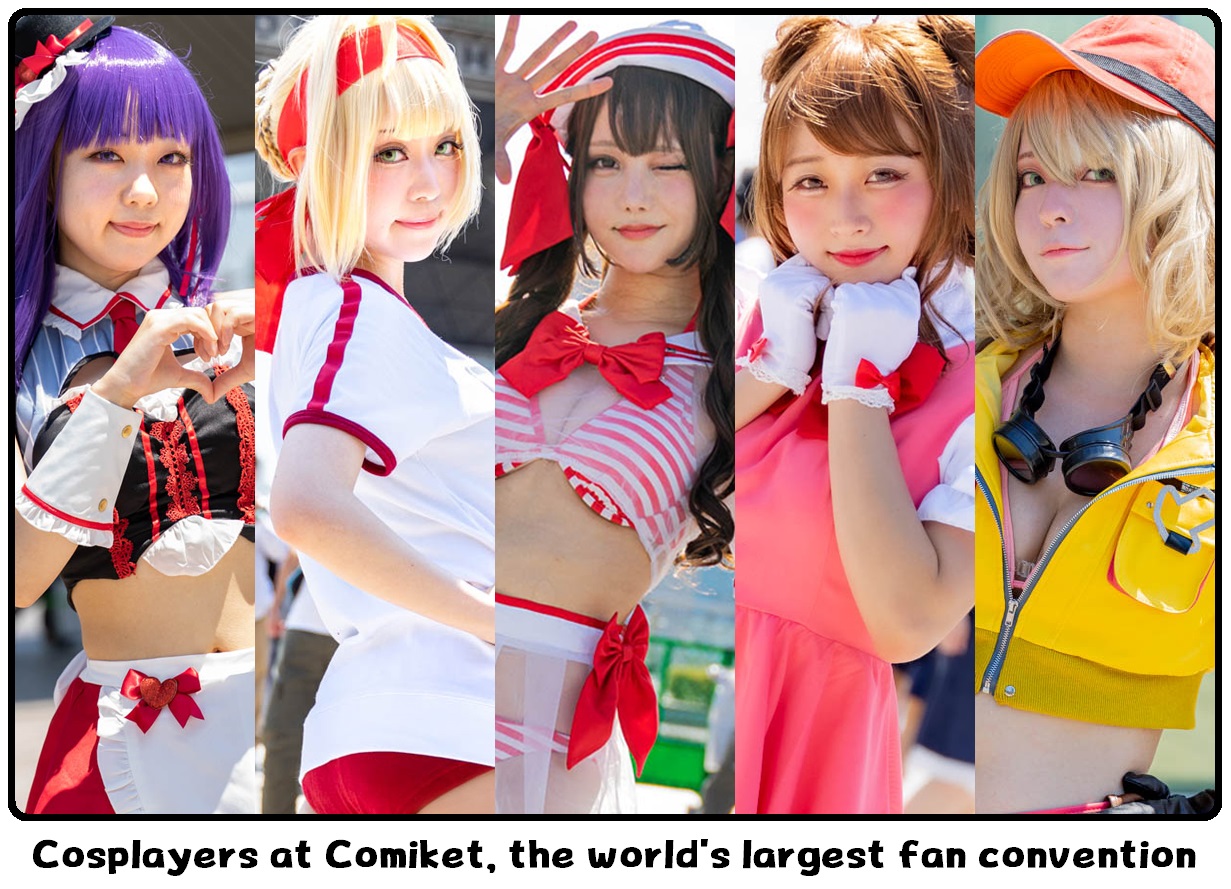
“Did it look like a girl from Comiket cosplaying as Pikachu? (laughs)”
Ishihara: “Yeah, exactly. Seriously, that was the kind of stuff being proposed. It was interesting for me, in the sense I could enjoy the cultural differences, but it certainly didn’t make me want to compete in that kind of market. We decided that if Pokemon was going to fail due to the text problem, then we’d rather just keep the graphics the way they were. What if we HAD changed Pikachu? Things would be totally different now.”
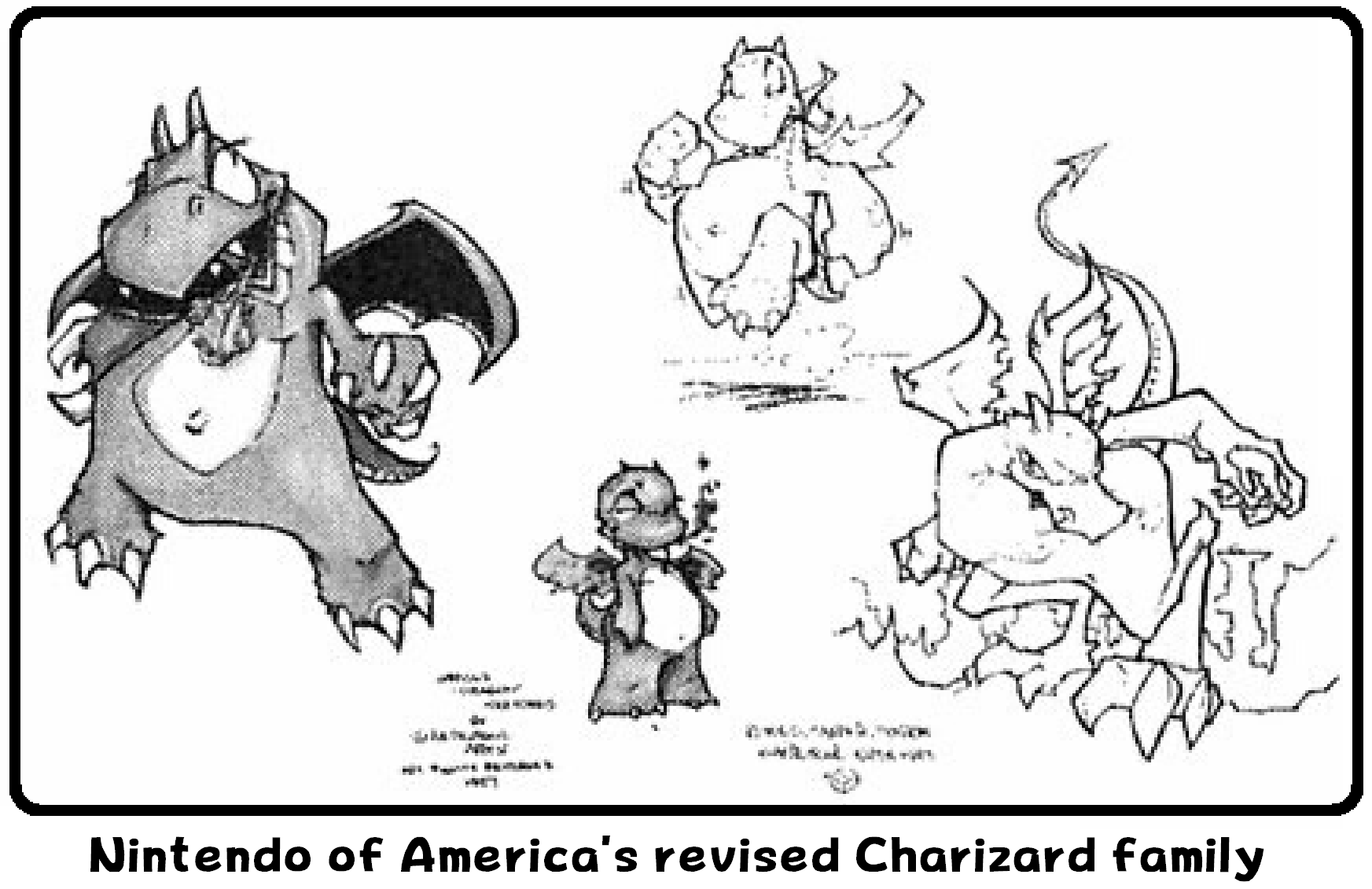
Dr Lava’s notes: Pokemon’s localization for the Western market was quite an undertaking, and resulted in lots of changes in the process. But lots of staff at Nintendo of America wanted even more changes, like redesigning all 151 Pokemon in a new graffiti style to replace Sugimori’s watercolor — like the Charizard family mockups pictured above. According to NOA’s founder Minoru Arakawa, “Graffiti art was on the rise in the US, so NOA contracted some artists who specialized in that style and tasked them with creating mockups for what they had in mind. But the end result was sorely lacking. They didn’t have the creative touch needed for a project like Pokemon, the kind Mr Tajiri and Sugimori have. We decided that if we were going to do this, the only way to do it would be with the original designs.”
Fortunately, Game Freak held their ground and didn’t give in to all NOA’s demands, though they did agree to some of them. I interviewed five members of Pokemon’s localization team in 2020 in order to make a video covering Gen 1’s localization around the world. If you wanna watch it, here’s the link.
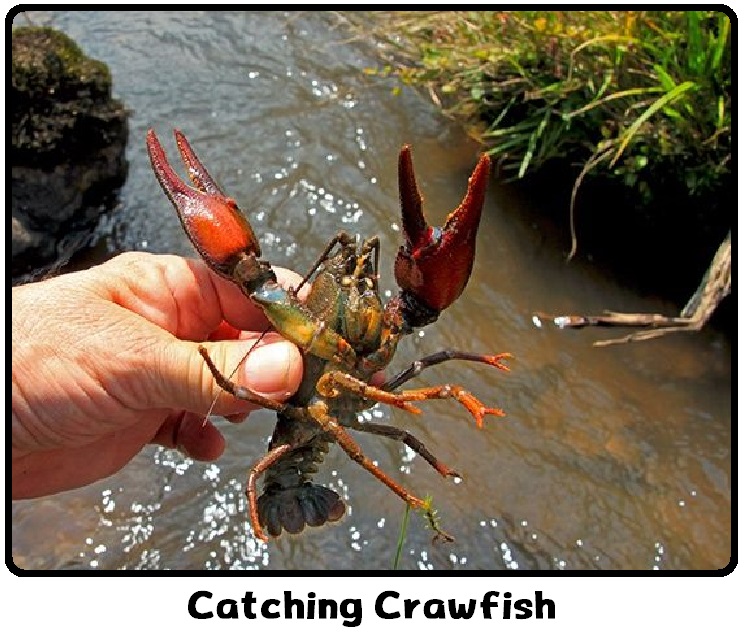
A Universal Adventure
“The idea for Pokemon was based off of Mr Tajiri’s memories of catching bugs and crawfish as a child. Is there a generation gap due to the difference in your ages?”
Ishihara: “No, not really. If we were 20 years apart that’d be one thing, but there’s only 8 years difference between us.”

Tajiri: “I was born and raised in Tokyo, but it was a part of Tokyo called Machida. It’s pretty rural and had a lot of nature, so I think that had a lot to do with it. That’s why there were so many mysterious critters around. I didn’t even know what to call half of them. I grew up catching tadpoles and crawfish — I don’t think that’s something that would have changed if I’d been born eight years earlier, around the same time as Mr Ishihara.”
Ishihara: “But of course in my childhood days, we didn’t have any arcades.”
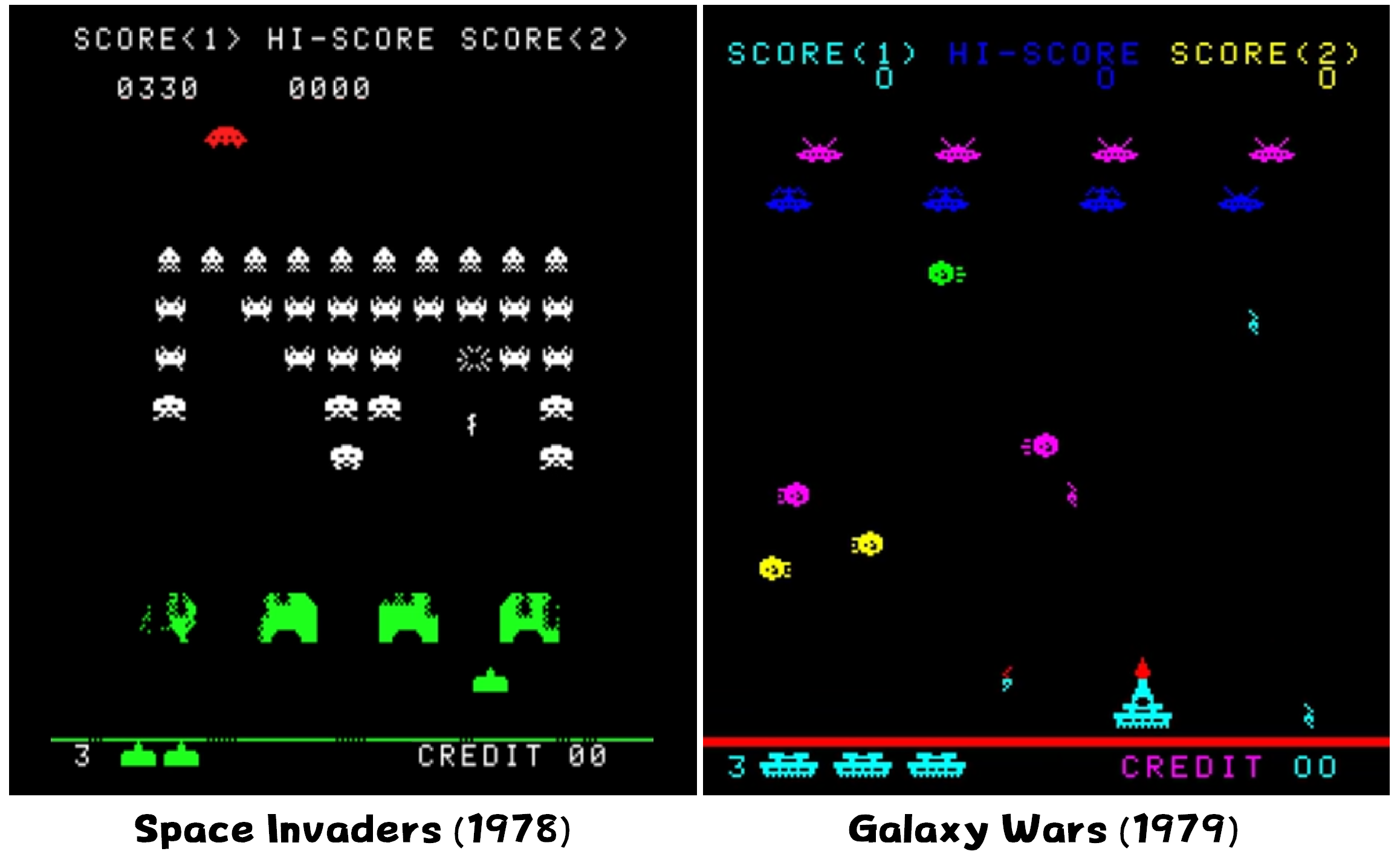
Tajiri: “Right. When I was in junior high, the small fishing pond near my house got turned into an arcade. So I stopped catching bugs — instead I started playing games like Space Invaders and Galaxy Wars. That was the point in my life when my interests instantly turned to video games. Of course, when it came time to study for high school exams, I started going to cram school. But since I liked video games more than studying, I went to a cram school that was next to the arcade (laughs). Whenever I had a 15 minute break at school, I’d run over to the arcade to play some Missile Command then hurry back. All of these experiences together eventually became the concept of Pokemon.”
Ishihara: “Mr Tajiri combined his childhood interests from before and after video games into one experience, and that’s how we ended up with Pokemon!”
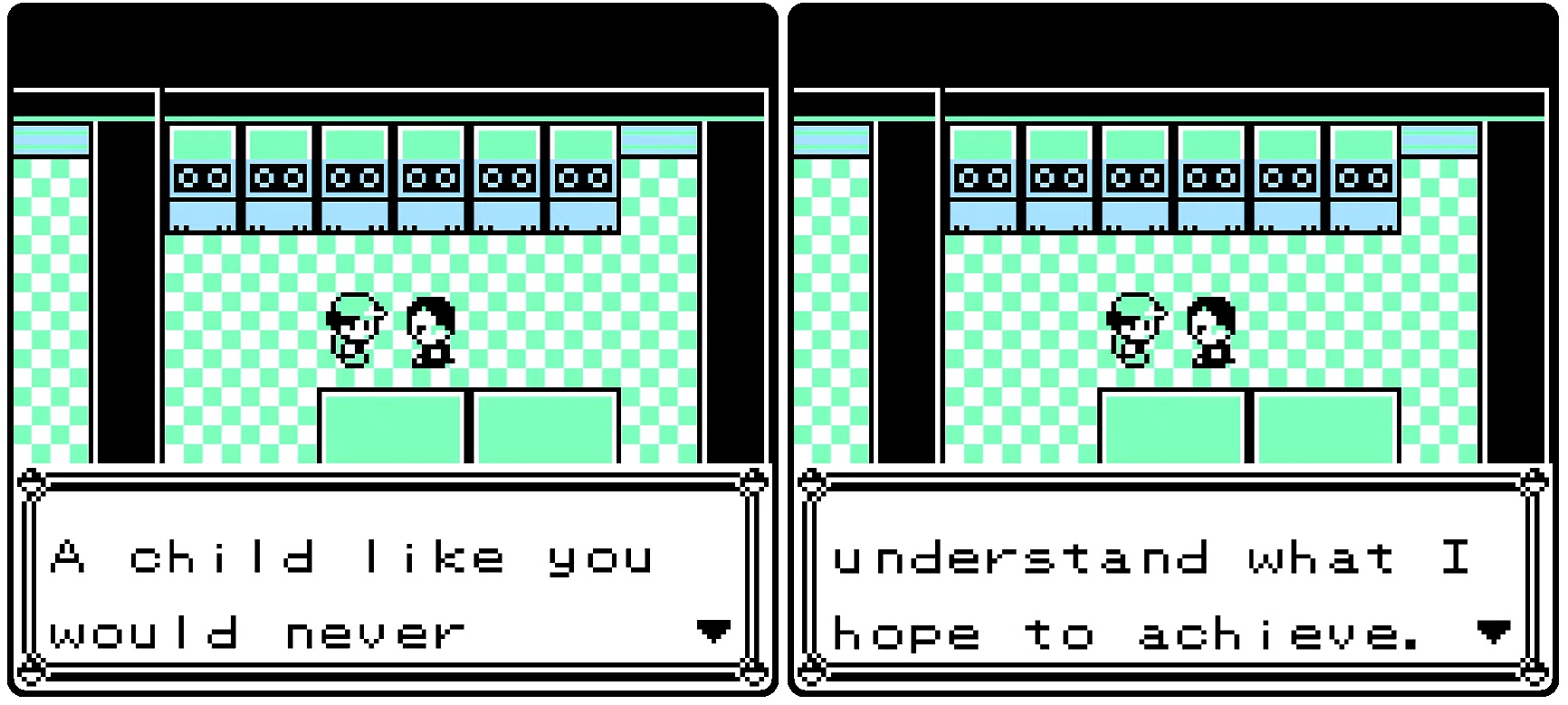
Tajiri: “Pokemon will always be about my childhood. I think adults and children see the world differently, so I wanted that to be reflected in the game. That’s why in Pokemon you never see things from the adults’ perspective. When I was a kid, I really hated being called ‘squirt’ or ‘little boy.’ Maybe that’s how adults saw me, but I felt like I was more than just a kid. That’s also a theme in Pokemon. That’s why the protagonists in the games are on the same level as adults, even though they look down on them. But when you can defeat them in a battle, they start to view you differently. That happens a lot in the game as you gain recognition and continue to grow. That’s all from my personal experience, and I later realized that’s something all kids around the world experience.”
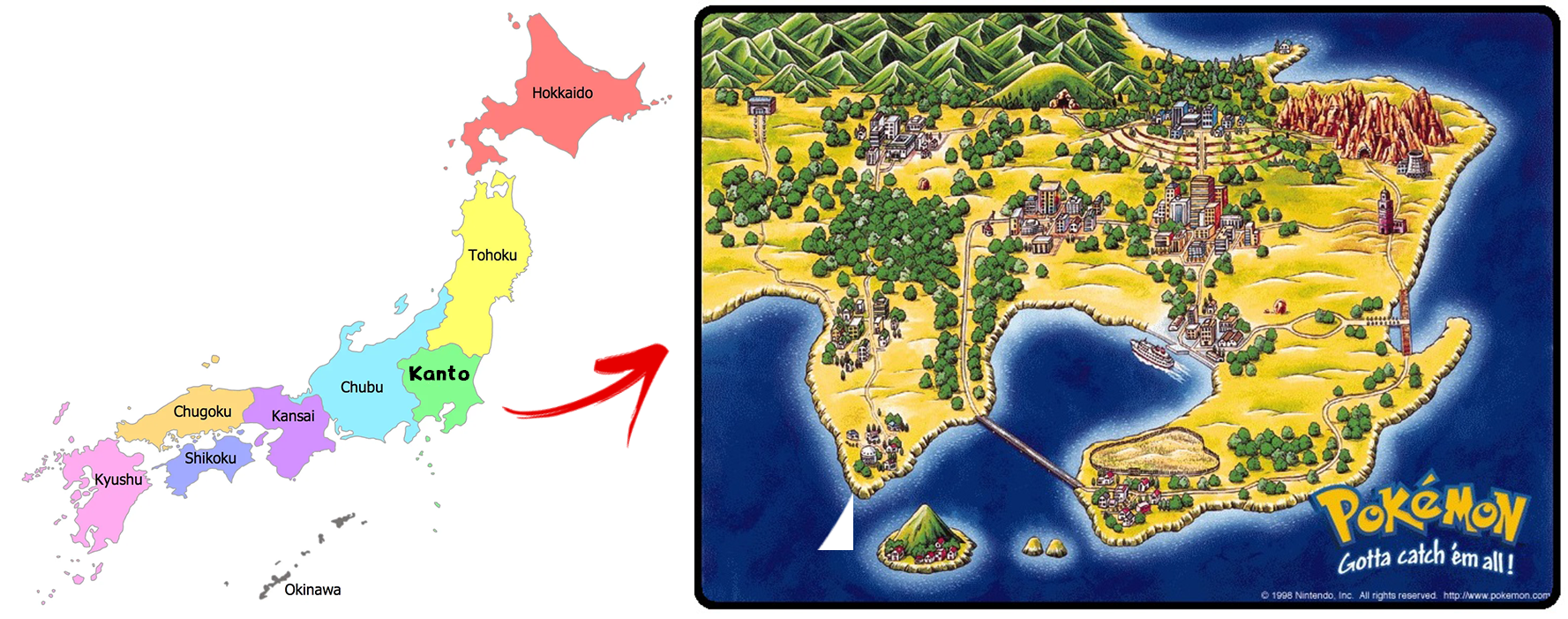
Ishihara: “Mr Tajiri’s said this before, but the setting for Pokemon was the Kanto region of Japan. Basically, it’s a place with the ocean to the south, mountains to the north, and an area like Tokyo Bay where you can explore. If it were America, it’d be a place like Florida or a peninsula in California. We were searching for places like that. If you look at a map of the world, there are lots of places that fit the geographical description of the Pokemon world. Like an image that looks the same even when you look at it from different angles — it looks like it could be anywhere in the world.”
Tajiri: “It’s not just the geographic similarities, but also the way a boy’s view of the world changes when he gets a new tool or sees something exciting — it’s an experience young boys have all over the world. Like when he first goes downstairs and his mother’s watching the movie Stand By Me on TV. That’s why without changing the map to look like America, American kids still feel like they’re playing in their own regions, imagining ‘I wonder what kind of story that area has.’ I looked up this thing called a Greyhound. It’s a bus in the US that’s been around since the 1950’s that travels all across national highways. There are lots of young adults who travel around the whole country once they turn 18. So I thought, ‘Yup, that’s exactly how our Kanto region feels.’ It fit perfectly with the feeling we were trying to create.”
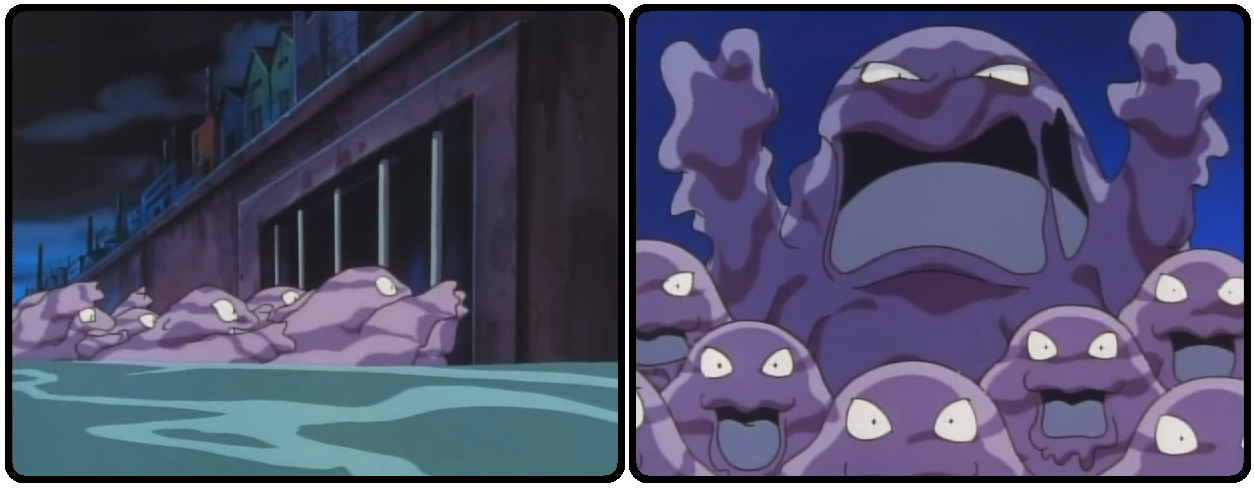
Tajiri: “Also think of the Pokemon themselves, like Grimer. It looks like something that could actually exist, especially because pollution and contamination aren’t problems unique to Japan. Kids all around the world have gone to the river to catch tadpoles, just to end up realizing they’re all covered in sludge. That’s why I think every single Pokemon has a story that people around the world can understand.”
Closing Comments
This concludes Part One of this interview. Nintendo published Part Two separately, so I’ll follow their lead and break this lengthy interview into two parts as well. Just like Part One, it’ll only be available on my Patreon page for this site’s supporters — along with some other Pokemon translations — then eventually it’ll be made publicly available on this site. Sorry to do ya like that, but I spent a lot of time and money to pay for these translations and maintain this site, so I make some content Patreon-exclusive as a way of thanking the folks who help keep it all going. But if you wanna read more (free) interview translations, you can find plenty on this site’s homepage, and you can also check out some recommended translations linked below. Thanks for reading.
Read More Pokemon Translations:
• Developer Blog: 90’s Pokemon Anime Was Written Under the Influence
• Interview: Sugimori Explains Gen 5 Pokemon Design Origins
• Interview: How Game Freak Creates Pokemon
Videos About Pokemon History:
• Translation: Sugimori Explains Gen 5 Beta Pokemon
• Cut Content: Gen 4 and 5’s Scrapped Lock Capsule Event
• Cut Content: Gen 4’s Internal Data and Cut Content

